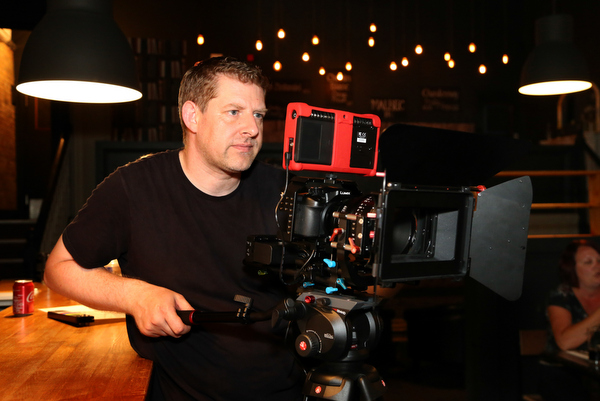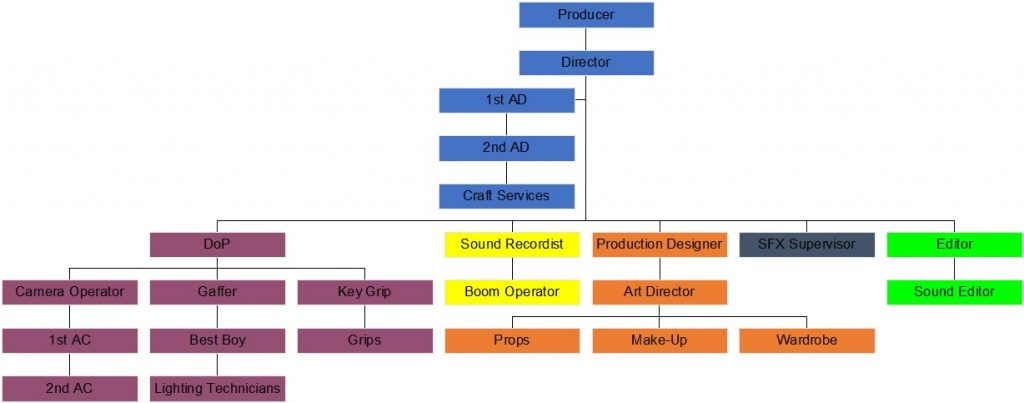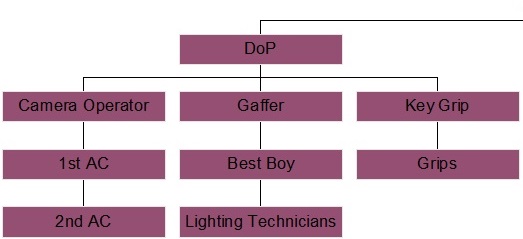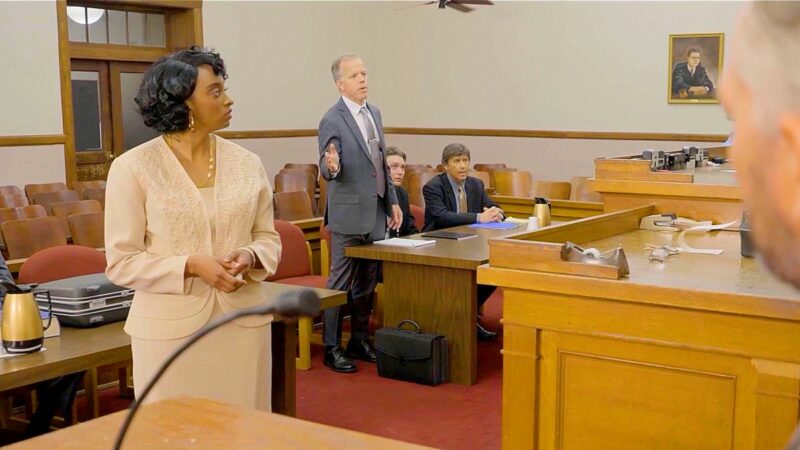![]() by Andrew Cant – Facebook | Twitter | Instagram
by Andrew Cant – Facebook | Twitter | Instagram

Welcome to my brand new weekly cinematography column here at Indie Activity. Each week I’m going to be discussing various aspects of cinematography with an emphasis on the Indie scene, and more to the point, shooting movies on an Indie budget. Cinematography is part science and part art, and that blend is what draws most cinematographers in; that delightful combination of techie geek and unleashed creativity that not many other occupations can offer. So, with that in mind we’ll be getting into some techie bits, but keeping it real for the level we’re aiming for here, but also looking at how we blend the science with the art.
If you have any questions over anything that you read here, you can find me on Facebook, Instagram or Twitter, with the links to my social media pages at the bottom of this article. I’m a practicing cinematographer, so wherever I can apply some real-world examples to the topics we’re discussing I’ll be doing that.
Just so we’re setting the scene correctly here, let’s look at a classic organisation chart of a typical film production team. This covers all departments and teams you’ll find on most bigger budget shoots, but even though we’re not looking at big budget shoots, the roles still need filling. I’ve simplified some of the sections though just to make the image view-able.

Most of the time one person will cover a whole department, or even three. The structure is sound even for smaller shoots for this very reason. Now, let’s take a look at the cinematographer, or Director of Photography (DoP) as we’re often referred to on set.

As you can see we’re running a few departments here, and for good reason. The DoP has overall responsibility for the visual style of the shoot and this requires him to be in control of the lights (to set mood, ensure light quality, etc.), camera (for quite obvious reasons), and grip departments. Grip being the not-so-obvious one, but if you think about it, who’s using the grip team to move dollies or operate jibs. Yep, exactly.
So now the DoP is running three departments (Camera, Lighting & Electrical, and Grip) as well as being accountable for the visual deliverable. So, our techie geek who has a creative side is now potentially a senior manager as well. A great DoP will be able to perform all jobs in his departments as well as managing himself and the expectations of the Director and Producer. Of course, at this level we’re lucky if we even have a Gaffer, so most of these jobs are being done with only a couple of people to help. That doesn’t change the fact that while we are working multiple jobs we still need to know how it all works.
We’ve got a lot to cover and each week we’ll go through various aspects of each of these departments and their activities, while putting it all together in a useable way with practical examples and some of my personal experiences thrown in there for good measure. Remember, we’re still going to be keeping the discussion at Indie levels so I won’t be recommending your lighting truck comes with 18k HMIs, despite how much we might long for them (and the truck).
Don’t forget to favourite this site and I’ll see you next week for my first subject on the cinematography agenda. Next week we’re going to get a little geeky by looking at the technological essentials of the core of our equipment list – the camera. We’ll be building on knowledge each week so don’t miss this episode. See you then.
news
In Camera by Naqqash Khlalid Launch on VOD April 29
Naqqash Khlalid’s Directs Nabhan Rizwan. In Camera stars an EE BAFTA Rising Star Award Nominee.
2025 Philip K. Dick Sci-Fi Film Festival Award Winners Announced
Vanessa Ly’s Memories of the Future Awarded Best PKD Feature




